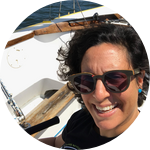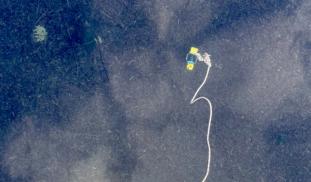Please wait...
About This Project
The best sensor is the one you’re already wearing.
Smartwatches contain sensors already used by scientists to study the ocean, like a GPS, barometer, and thermometer. This project aims to measure the physical properties of the coastal ocean by turning smartwatches into smart sensors. We will create an app to measure, view and share data, then test the sensors against commercially available sensors to determine if they can be used for research and monitoring the coastal ocean.

Browse Other Projects on Experiment
Related Projects
A biogeochemical profile of the seafloor
There is a huge gap in knowledge of deep seafloor habitats. Current methods of studying the deep seafloor...
Building a low-cost microplastic detection system for deployment in Mauritius
Millions of tons of plastics enter our ocean each year, eventually breaking down into microplastics (MPs...
Replacing Air Conditioners: Creating an Accessible Energy Efficient Device
3.6 billion people currently live in areas with extreme temperatures! This project explores innovative cooling...


